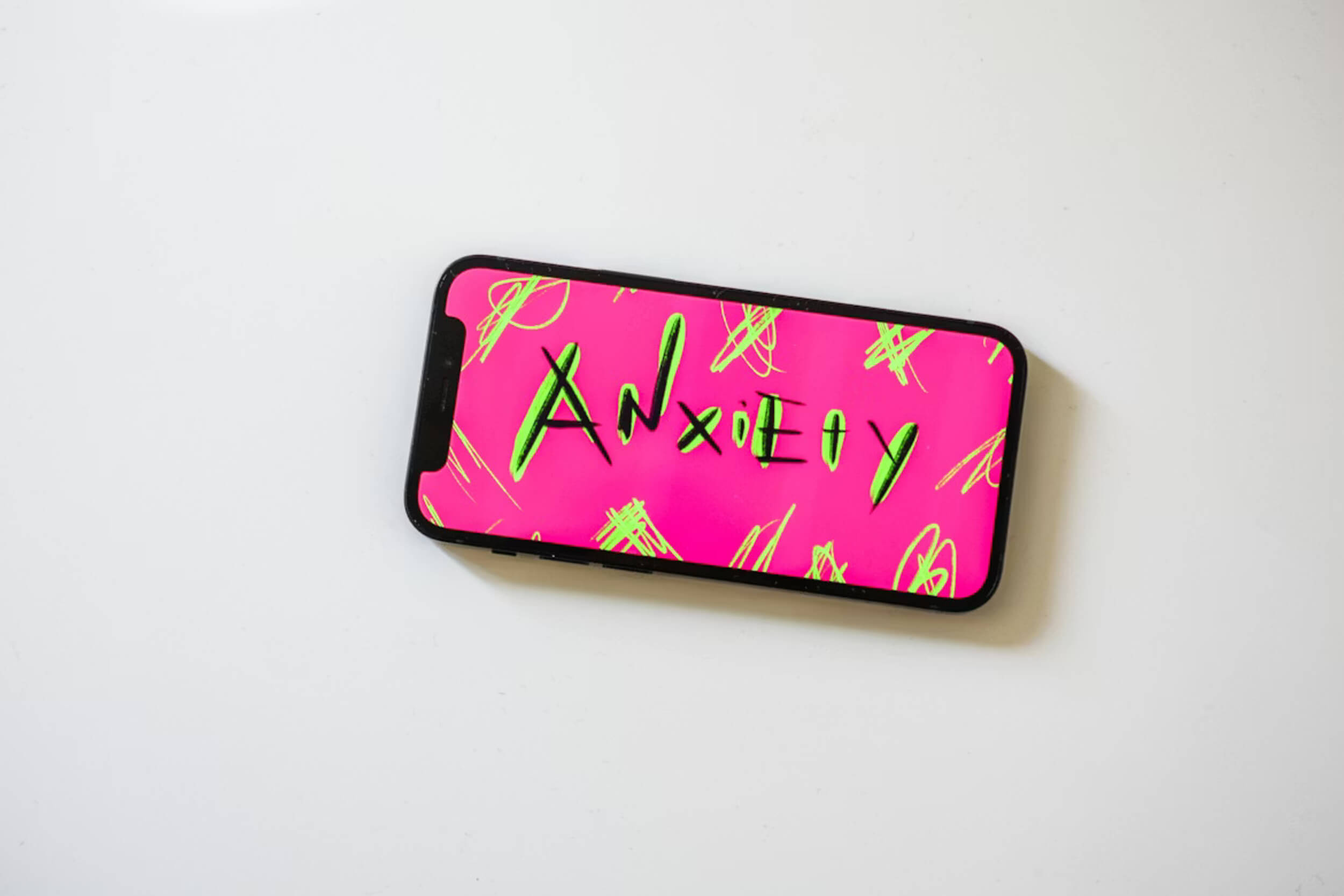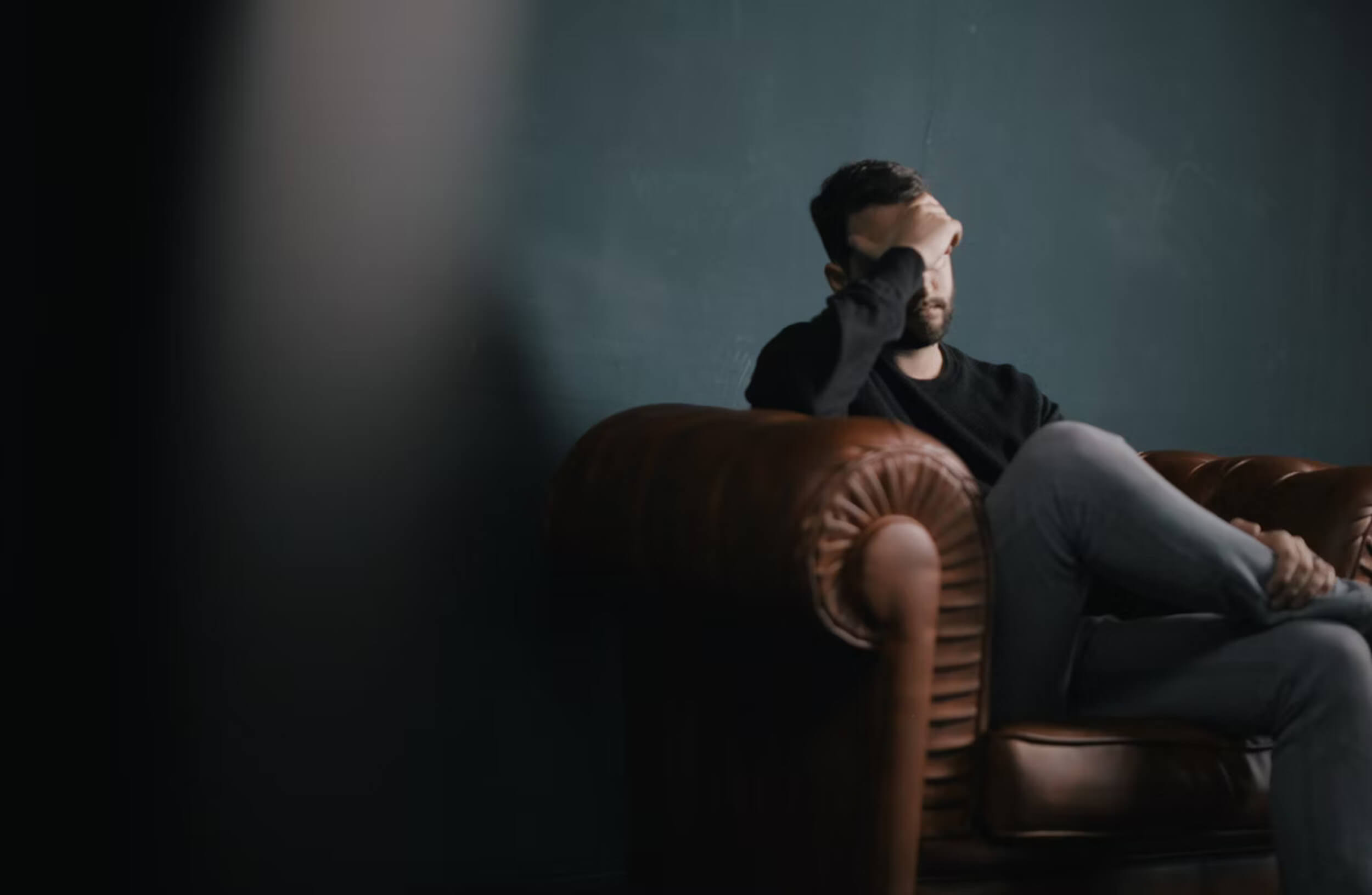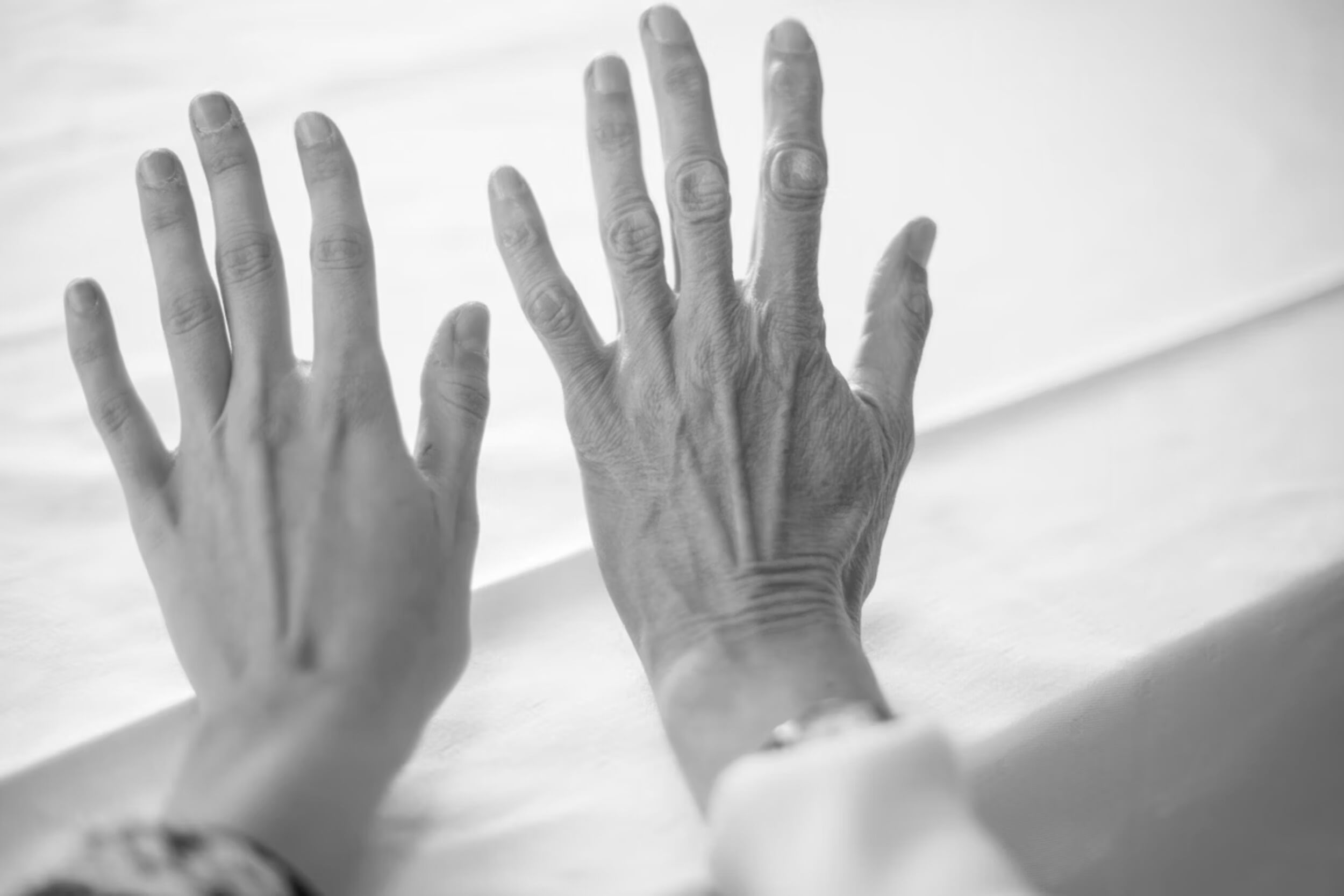One day you’re brushing your hair, and there it is — a gray strand staring back at you. It’s small, but it grabs your attention. You might wonder why it’s there, what it means, or if more are on the way. It’s a common moment that many people face, sometimes earlier than expected.
Gray hair isn’t just about age. Some people notice it in their twenties, while others don’t see it until much later. And while it can feel like a surprise, there’s a reason it happens.
This isn’t about beauty trends or quick fixes. It’s about understanding what causes gray hair, what’s happening inside your body, and why it shows up when it does. If you’ve been curious about the real reasons behind it, you’re in the right place to get clear answers that actually make sense.
How Hair Gets Its Color in the First Place
Before asking what causes gray hair, it helps to understand how hair gets its color to begin with. Each hair strand grows from a small opening in your skin called a follicle. Inside that follicle are special cells called melanocytes. These cells make a pigment called melanin, which gives your hair its natural color — black, brown, blonde, red, or anything in between.
The more melanin your hair gets, the darker it looks. Over time, though, those melanocytes start to slow down. They stop making as much color as they used to. Once the melanin fades out completely, your hair grows in gray, silver, or white.
It’s not something that happens overnight, but it is part of how your body changes as you get older.
The Natural Aging Process: The Most Common Cause
Most people notice their first gray hair somewhere in their 30s or 40s. Some spot it earlier, some later. But the biggest reason behind it is simple: age.
Hair doesn’t grow forever. It goes through a natural cycle — it grows, rests, and then falls out. Each time a new strand grows back, your follicles restart the process of making melanin. But they can only do this so many times.
What Happens in the Hair Follicles Over Time
- Melanocytes slowly stop doing their job after many cycles
- New hair grows back, but without any color
- The change is slow and steady — not sudden
Once the pigment fades, it doesn’t usually come back. That’s why you see gray or white hairs show up more often as you get older. It’s just part of how your body works, and it happens to everyone eventually.
Genetics: When It Runs in the Family
If you’ve ever looked at your parents or grandparents and thought, “They went gray early,” there’s a good chance you might too. Genetics plays a big role in what causes gray hair — especially when it starts.
Why Some People Go Gray Earlier
- If your family turned gray early, you probably will too
- Your ethnic background can also affect how soon gray hair shows up
- It’s not because of stress, diet, or doing something wrong
Genes decide how your body ages, including how long your melanocytes keep working. Some people keep their natural hair color into their 60s, while others start going gray in their 20s.
There’s nothing to “fix” because it’s not a problem — it’s just part of your blueprint. Knowing your family’s hair history can give you a better idea of what to expect, but it’s not something you can fully control.
Stress and Gray Hair: Is There Really a Connection?
People often say stress turns your hair gray — but is that really true? It turns out there’s actually some science behind it.
When you’re under a lot of pressure, your body releases stress hormones. These can affect the cells that give your hair its color, called melanocytes. In some cases, those cells disappear from the hair follicle altogether.
What Research Shows About Stress and Hair Color
- Stress may cause stem cells that support melanocytes to leave the follicle
- Without those cells, melanin stops being made
- While stress plays a role, it’s not the only reason your hair may turn gray
So yes, stress can lead to gray hair, especially when it builds up over time. But it usually works alongside other things — like genetics and age. That means handling stress better could help slow it down, but it won’t stop gray hair completely.
Nutrient Deficiencies That May Trigger Premature Graying
Your body needs the right nutrients to keep everything running — and that includes your hair. When certain vitamins or minerals are missing, it can cause your hair to lose its color sooner than expected.
Key Nutrients That Affect Hair Pigment
- Vitamin B12: Low levels are often linked to early graying
- Iron: Needed for healthy blood flow, which helps hair stay strong
- Copper: Plays a role in melanin production
- Folate: Helps your cells work the way they should
If your body isn’t getting enough of these, it can affect the way your hair grows. In some cases, treating the deficiency can stop more gray hair from showing up. But once color is gone, it usually doesn’t come back.
Knowing what causes gray hair can sometimes lead back to something as simple as a missing nutrient — and that’s something a doctor can test for easily.
Medical Conditions That Can Impact Hair Color
Gray hair can also show up early when certain health problems are involved. Some medical conditions affect the way your body makes melanin, which is the pigment that gives hair its color.
Examples of Conditions Linked to Premature Graying
- Vitiligo: This causes pigment loss in skin and hair
- Thyroid disorders: A slow or overactive thyroid can affect hair growth
- Pernicious anemia: Often tied to a vitamin B12 deficiency
- Alopecia areata: When hair grows back, it sometimes comes in white
In these cases, gray hair can be one of the first signs that something else might be going on. That’s why it’s worth checking with a doctor if your hair changes quickly, especially at a young age.
While not all gray hair is linked to illness, it’s one part of what causes gray hair that shouldn’t be ignored — especially if it comes with other changes in your body.
Smoking: A Known Factor for Early Graying
Lighting up a cigarette does more than just affect your lungs — it can also lead to earlier gray hair. Research has found that smokers are more likely to go gray before age 30 compared to non-smokers.
Why Smoking Affects Hair Pigmentation
- Speeds up aging in the body, including the hair follicles
- Boosts oxidative stress, which damages cells
- Cuts down blood flow to the scalp, which can affect hair health
Smoking makes your body work harder to stay balanced. That extra stress shows up in many ways, and your hair is one of them.
If you’re wondering what causes gray hair earlier than expected, smoking could be one reason — and one you can do something about.
Oxidative Stress: The Silent Accelerator
You can’t see it happening, but inside your body, tiny bits of damage build up over time. This is called oxidative stress, and it’s a key part of what causes gray hair.
How Free Radicals Damage Pigment Cells
- Everyday life creates free radicals — unstable molecules that harm cells
- These molecules hurt melanocytes, the cells that give your hair color
- Antioxidants (from fruits, veggies, and healthy habits) help fight them off
Oxidative stress doesn’t just affect hair. It plays a role in aging throughout your body. But when it hits your scalp, it can speed up the loss of pigment and lead to early graying.
Even though you can’t stop aging, you can lower oxidative stress with better food, sleep, and less smoking — all of which may help your hair stay its natural color a little longer.
Hair Dyes, Plucking, and Gray Hair Myths
There’s a lot of talk about what causes gray hair — and just as much confusion around what doesn’t. Let’s clear a few things up.
What Won’t Cause or Fix Graying
- Plucking gray hairs doesn’t make more grow back, but it can hurt the hair follicle and lead to thinning
- Hair dye only covers the color — it doesn’t stop gray hair from growing in
- Oils, shampoos, or homemade treatments won’t bring your natural color back once the pigment is gone
These myths stick around because people want simple fixes. But graying is mostly natural, and most of the quick tips out there just don’t work. If you want to color your hair, dye is a safe way to do it — just don’t expect it to change what’s happening underneath.
Can You Reverse Gray Hair? Here’s the Reality
Some people hope that gray hair can go back to its original shade. That question — can it really be reversed? — has caught the attention of researchers too.
When (and If) Gray Hair Might Go Back to Normal
- A few small studies found that hair may regain color during recovery from high stress
- These cases are rare and happen under very specific conditions
- There’s no proven treatment that fully reverses graying in most people
While it’s interesting, this kind of color return doesn’t seem to happen often or last long. So for now, once your hair turns gray, it usually stays that way. Still, understanding what causes gray hair gives us hope that better solutions might come in the future.
How to Delay the Graying Process Naturally
While you can’t stop gray hair completely, you can take steps that may slow it down. A few small habits can go a long way in keeping your hair healthy for longer.
Lifestyle Habits That Support Hair Health
- Eat foods rich in vitamins and minerals, like leafy greens, berries, and eggs
- Get enough sleep so your body has time to repair itself
- Avoid smoking and limit alcohol, both of which can speed up aging
- Handle daily stress, even small amounts build up over time
- Wear a hat or use SPF products to protect your scalp from too much sun
Taking care of your body often means you’re taking care of your hair, too. While none of these will stop gray hair forever, they may help delay it — especially if you start early.
When to See a Dermatologist About Gray Hair
Graying is normal, but sometimes it happens earlier or in ways that point to something more. In some cases, it’s worth checking in with a doctor.
Signs Something More Might Be Going On
- Gray hairs showing up before age 20, or before 30 in people with darker hair
- Hair that’s suddenly rough, dry, or brittle
- Patchy spots where pigment disappears
- Itchy or irritated scalp that comes with color change
These signs don’t always mean something serious, but they could be linked to health issues like vitamin problems or thyroid changes. A dermatologist can help figure out what’s going on and suggest ways to manage it. Knowing what causes gray hair — and what doesn’t — helps you decide when it’s worth asking more questions.
Final Thoughts on What Causes Gray Hair and What You Can Do About It
Seeing gray hairs can feel like a big change, but it’s something that happens to everyone sooner or later. It’s a natural part of how your body works, and not a sign that something’s wrong.
Some people choose to color their hair, others let it grow in silver — both are fine. What matters most is how you feel about it.
Understanding what causes gray hair can help take away the worry. Things like age, stress, and health all play a role, but they don’t define your worth or beauty.
At the end of the day, hair color is just one small part of who you are. Healthy habits and a positive mindset will always matter more than what shows up in the mirror.















